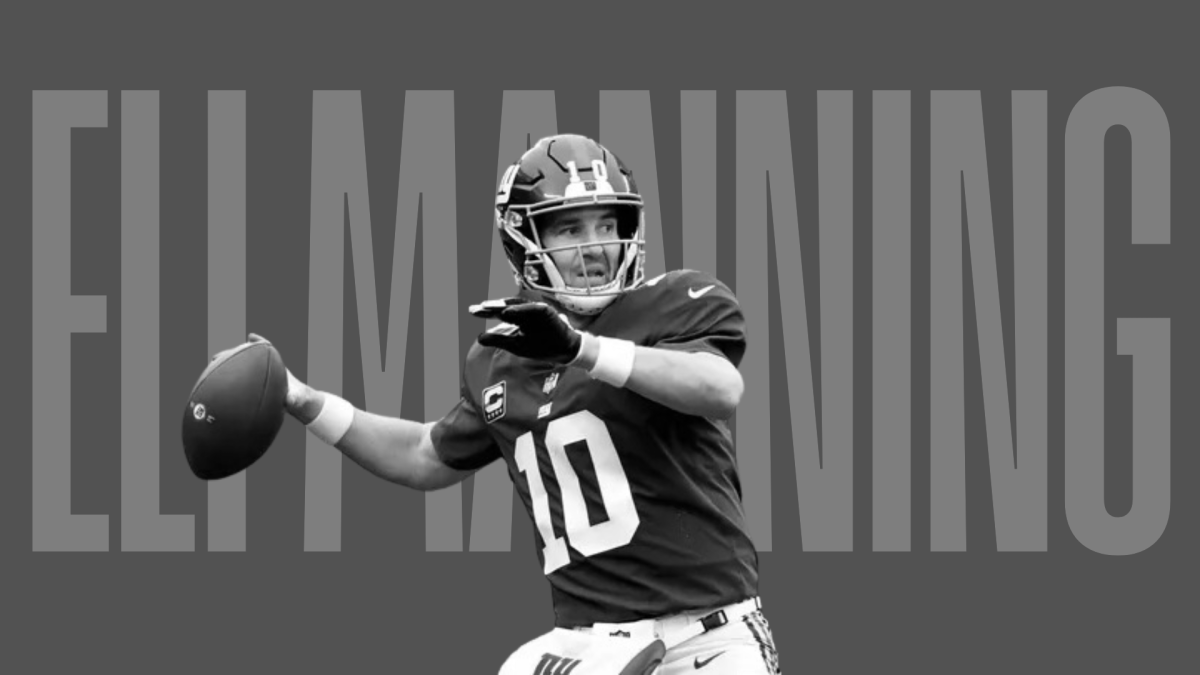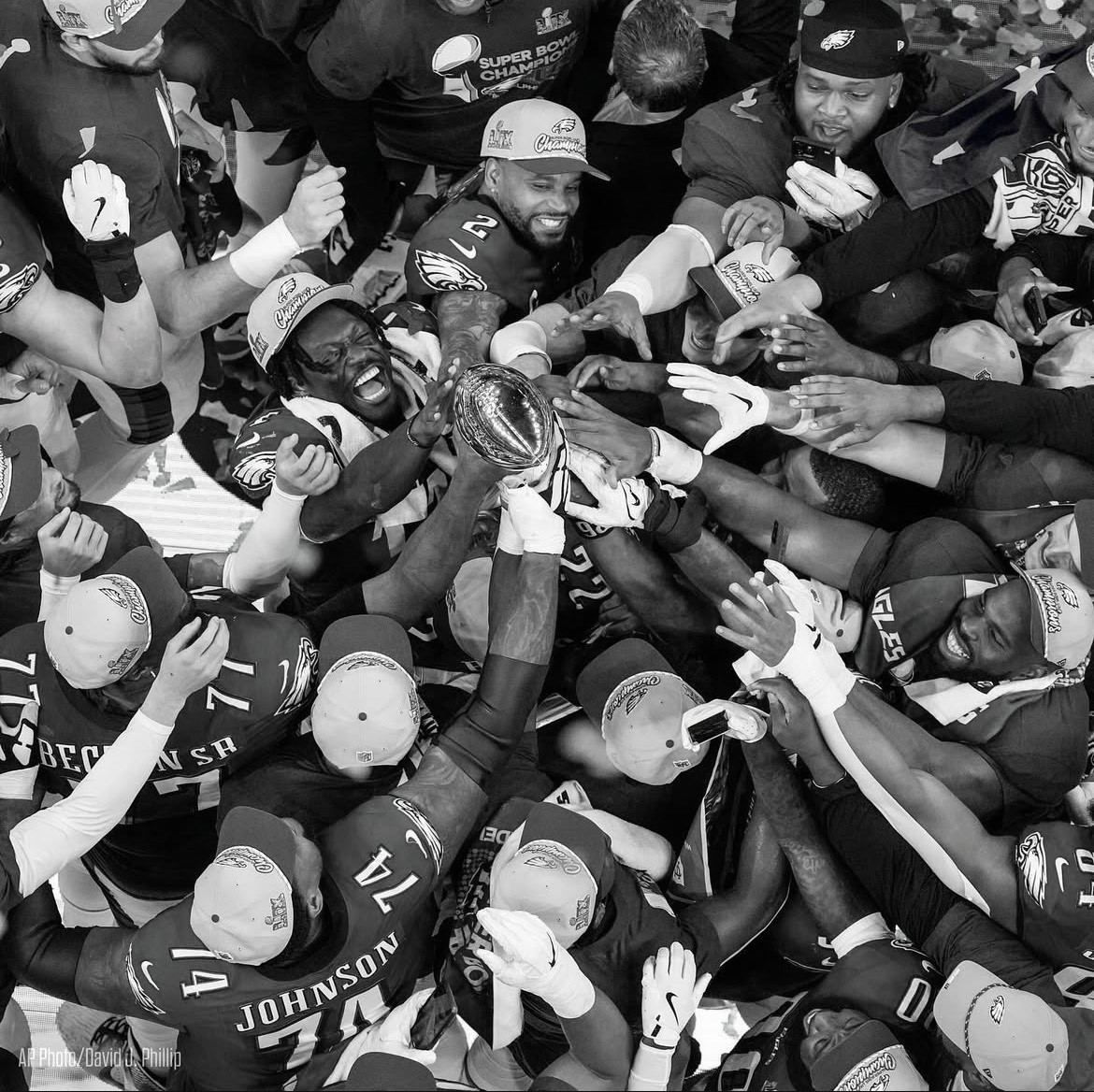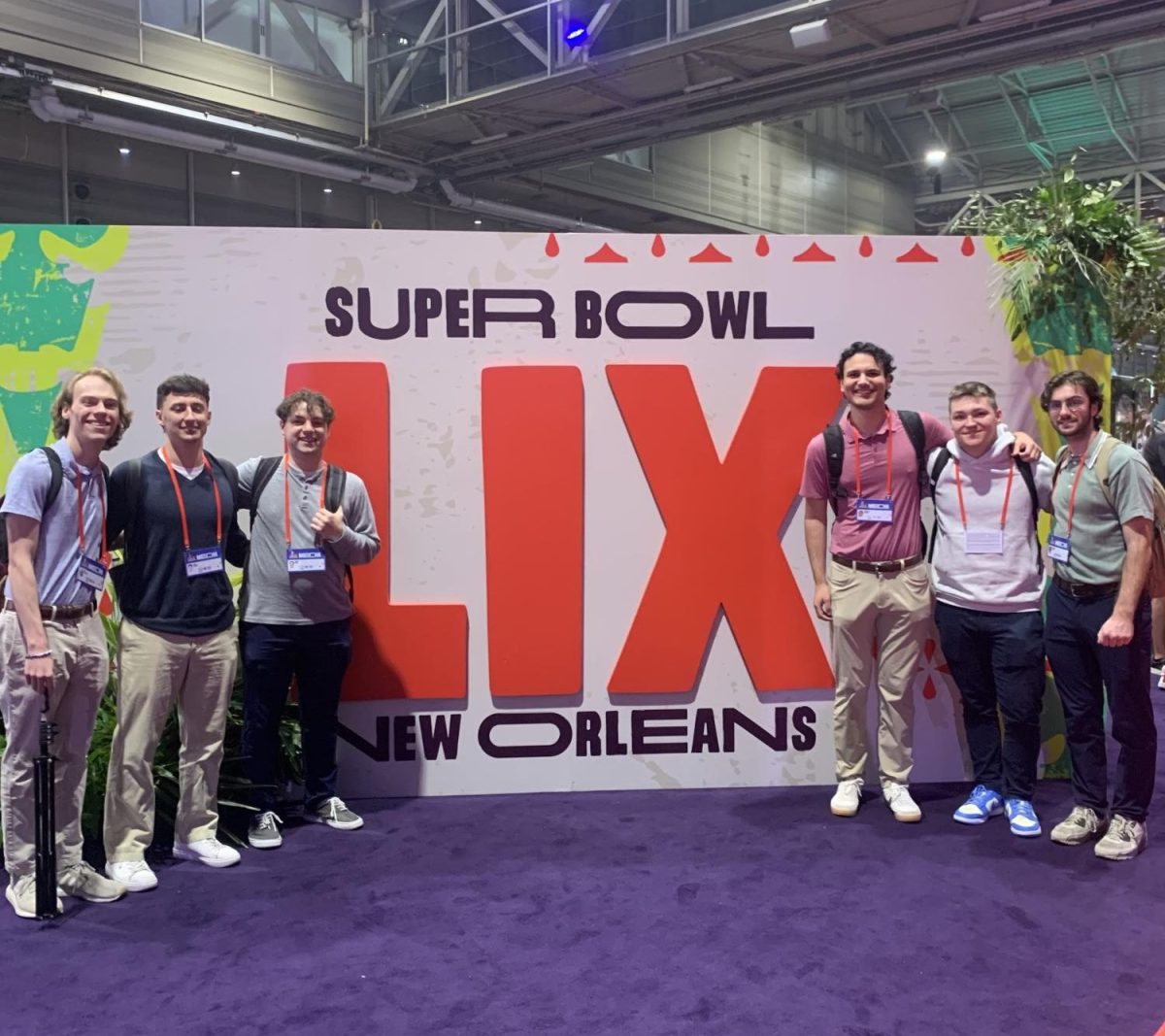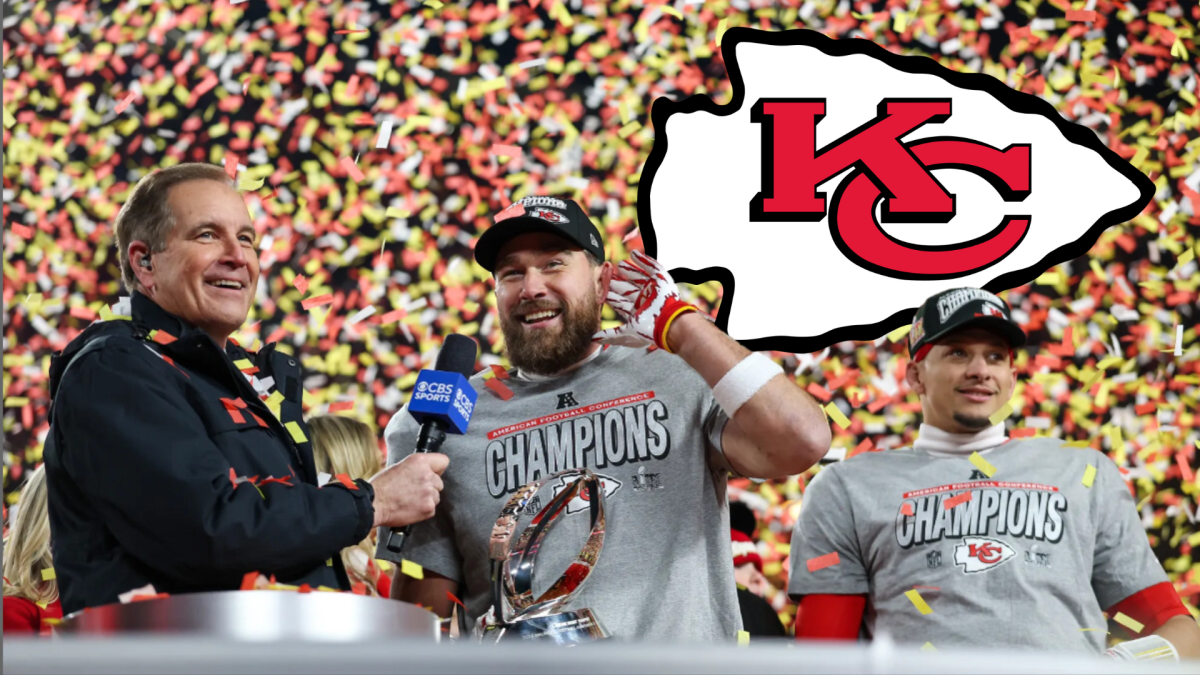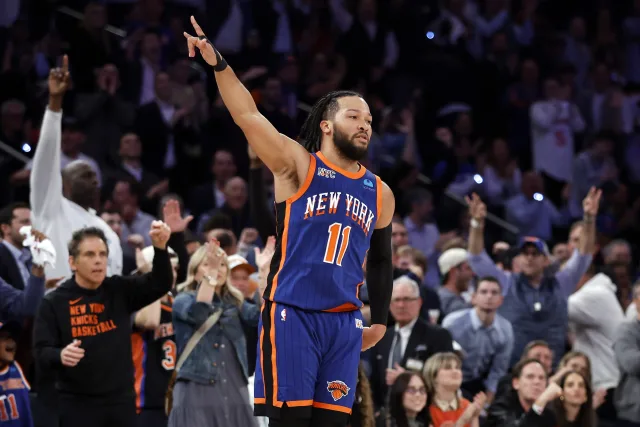
April 30, 2025
Ian Nelson, Assistant Sports Editor
April 23, 2025
Elizabeth Collins, Assistant Sports Editor
April 9, 2025
Grace McCarron, Sports Editor
April 2, 2025
Ian Nelson, Assistant Sports Editor
March 26, 2025
Elizabeth Collins, Assistant Sports Editor
March 5, 2025
Grace McCarron, Sports Editor
February 26, 2025
Ian Nelson, Assistant Sports Editor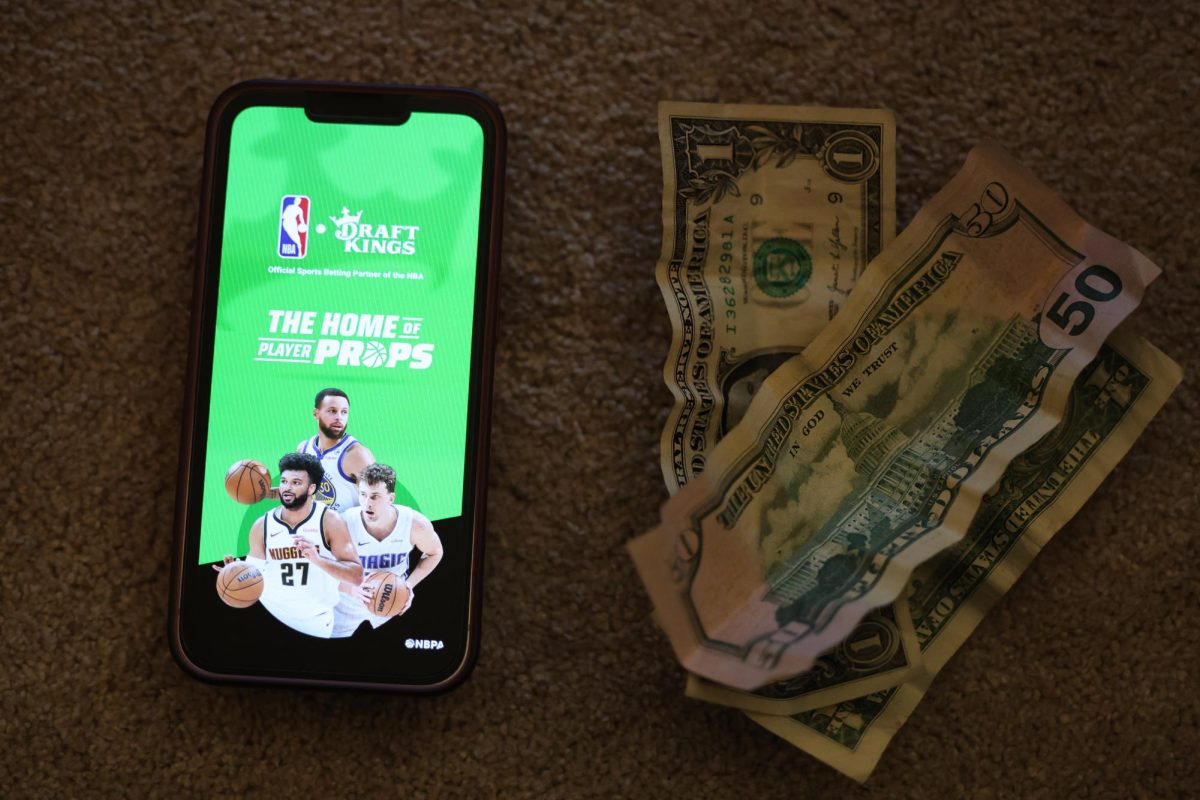
February 19, 2025
Elizabeth Collins, Assistant Sports Editor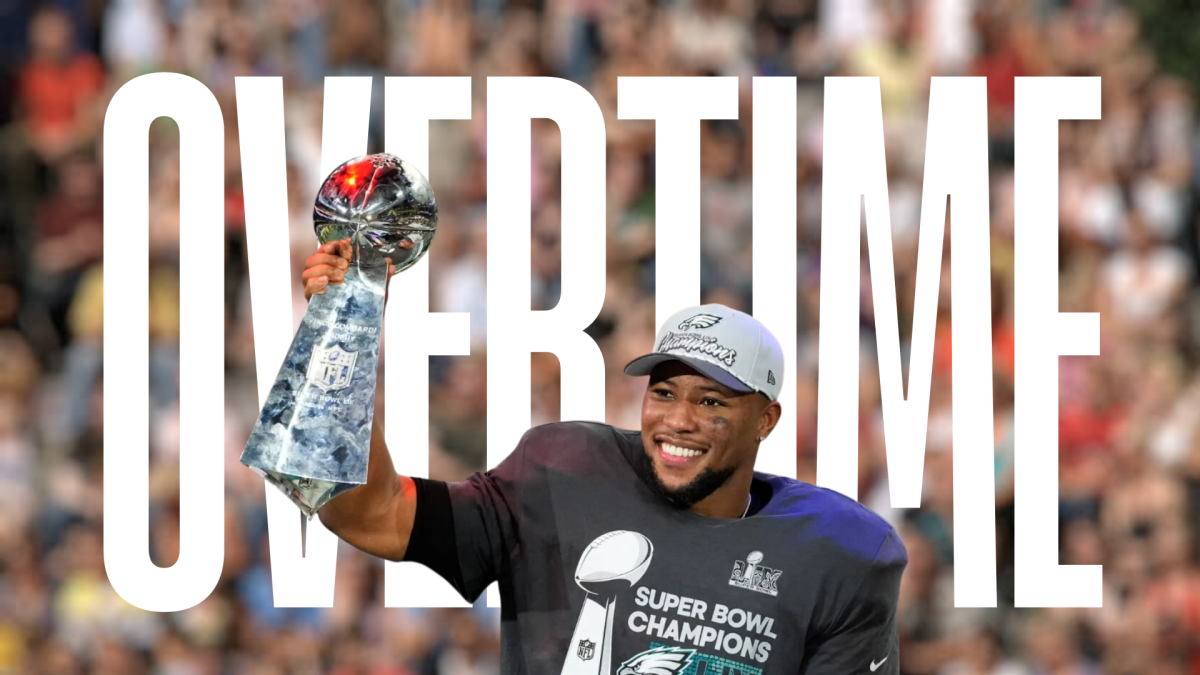
February 12, 2025
Grace McCarron, Sports Editor
February 5, 2025
Ian Nelson, Assistant Sports Editor

Fordham University Women’s Rowing Head Coach Rebecca Gronsdahl will be stepping down, according to an email to the team obtained by The Fordham Ram. Gronsdahl was named...
Highs and lows walk hand in hand with sports fans. In the end, it’s all about commitment. As the sports section of the Fordham Ram, we have followed our school’s sports...


As Fordham Softball took their home field for the last time this season, there was a little bit of everything: a walk-off home run, a first collegiate win and four seniors...

Fordham Women’s Tennis arrived in Orlando, Florida, last Tuesday night with the hope of claiming their second Atlantic 10 Championship title in three years. The Rams...




